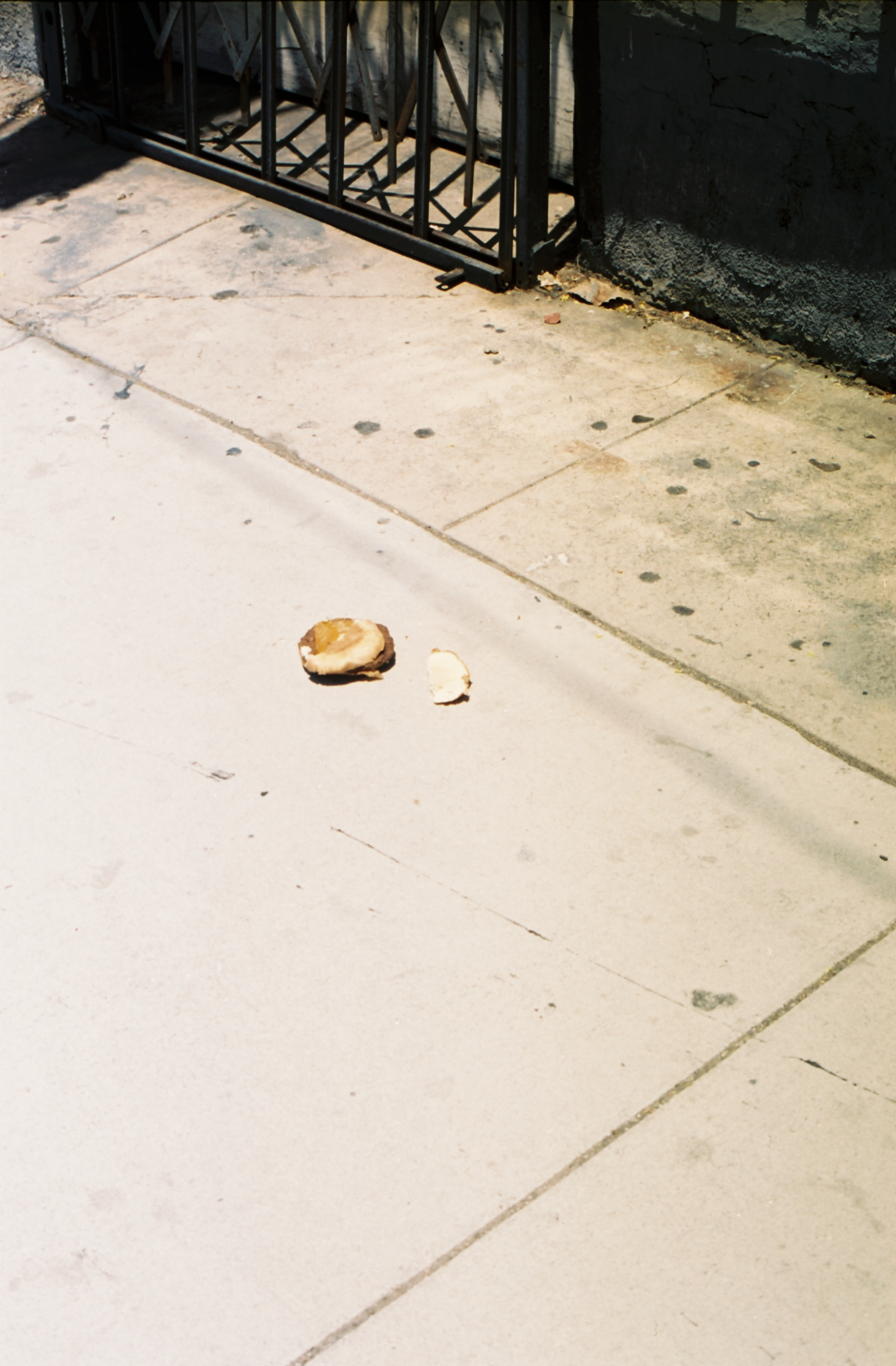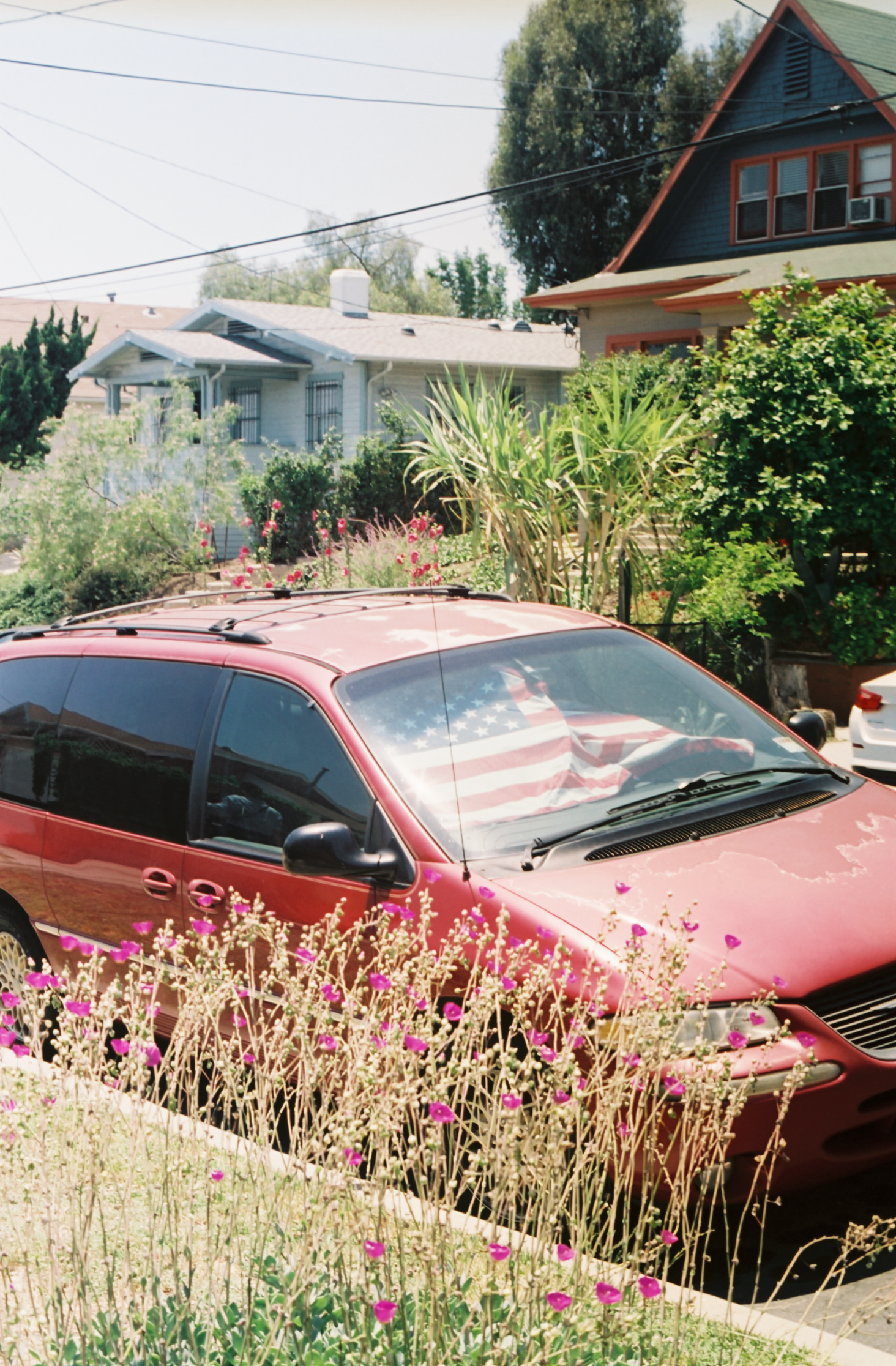What I learned shooting (#01):
Most film reviews are unhelpful at best, they tend to gloss over how the tester shot what they shot and what their own biases and predilections are. I often learn more about photography and a specific emulsion from shooting large batches of the same film over and over and reviewing it, rather than rapidly changing between different emulsions.
For these reviews, I’ll shoot no less than 25 rolls of a given emulsion.
Today’s Review: Fujifilm Pro 160s (35mm)
Technical considerations:
The film was indeed expired when purchased, but well stored. I mostly processed in large batches of 6+ rolls at a time by either D+J digital imaging or (primarily) Fulltone Photo.
Everything was shot on a Minolta XD11 and the Rokkor 50mm 1.4 MC PG, 24mm MD 2.8, and 85mm MD 2.0. I shot everything handheld, and at higher shutter speeds to compensate for hand-shake.
I shot 2 100ft rolls bulk-loaded of the emulsion (+/- 35 rolls), and exposed all of it at EI 100 to compensate for the expiration date, and to slightly overexpose.
Initial Bias:
I like slow film, cool tonality, and relatively even or muted colors. Fuji Pro 160s should, by most guesses be a slam dunk for me. I shoot mostly landscape, travel, and street/diary type stuff on 35mm. I’ve also shot the same or similar emulsion in 120 and really really liked it. I absolutely love fuji pro400h and fujifilm provia as well.
What I learned:
For day to day shooting, it was fine, but I found that in many situations, storage dependent, the cool-tone reproduction was actually more of a curse than a blessing. If film is stored correctly from the beginning of its life, it tends to hold up much better post-expiration, and in bad conditions when shot.
Unless you’re sending a bulk roll to a dip and dunk facility, your lab may have to cut your roll (this happened multiple times) if it’s too long. You may also end up damaging a machine or causing an accident if your roll is improperly bulk loaded. Also the metal snap-top canisters, while theoretically more durable have a tendency to fall open.
Cool tone films are hit or miss at rendering bright sunlit days, and you need subjects or scenery with enough tonal warmth in them inherently to show any kind of brightness, as light alone won’t show through. The nature/landscape of the west coast generally doesn’t render super well on this film, because of that cool tone reproduction.
Would I seek out more of it?
Not actively. It’s a nice film, but not so nice that I’d pay a premium or spend extra time seeking it out. If it happened to fall into my lap at the right price again, I’d snatch it right up.
























